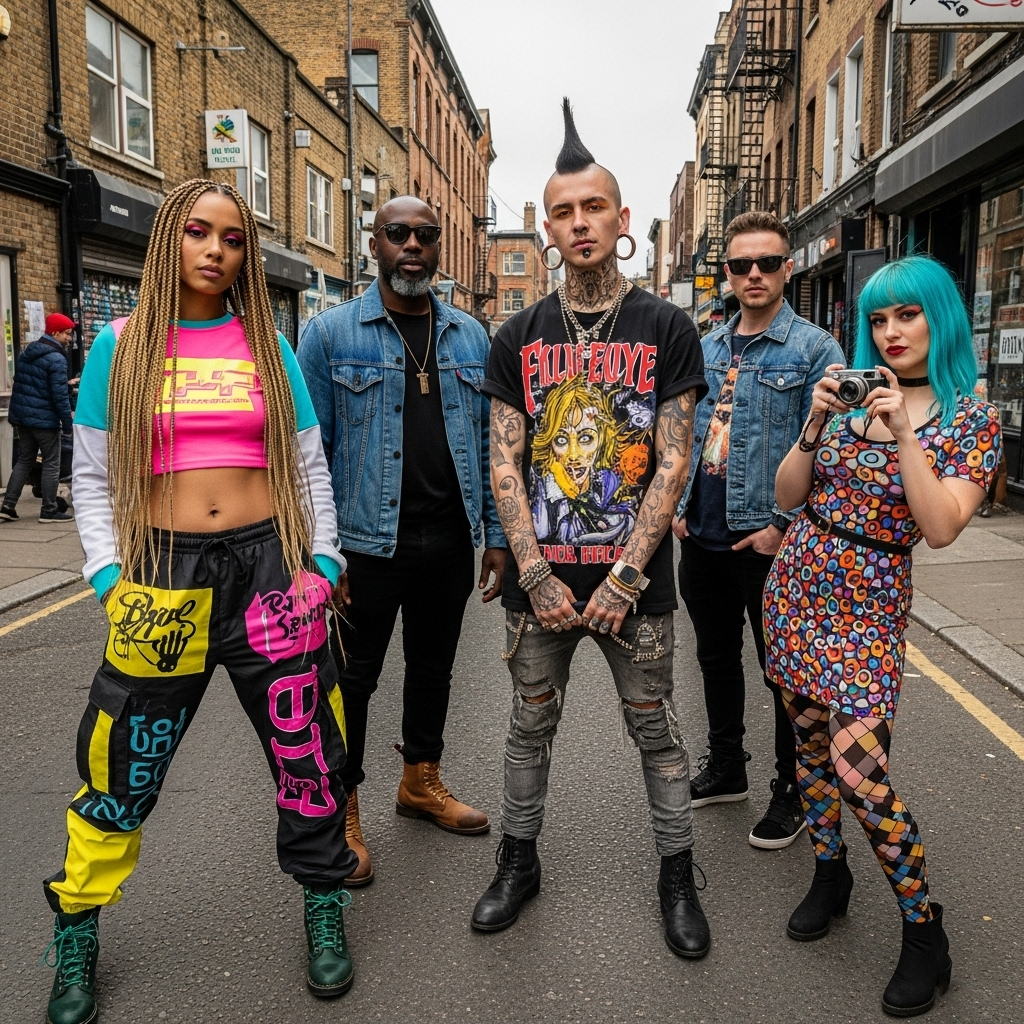No products in the cart.: $0.00
Decoding the Language of Street Style

Street style has evolved from a niche phenomenon to a global force shaping the fashion landscape. No longer confined to the fringes of the industry, it has become a powerful platform for self-expression, trendsetting, and the democratization of fashion. Decoding the language of street style requires understanding its origins, its key players, and the underlying messages conveyed through personal sartorial choices.
Born from the streets rather than the runways, street style captures the authentic and individualistic ways people interpret and incorporate fashion into their everyday lives. It’s a reflection of cultural influences, personal experiences, and a desire to stand out or belong through clothing. Unlike the curated and often aspirational looks presented by high fashion brands, street style offers a more relatable and accessible perspective on how fashion is actually worn.
The rise of digital media and social media platforms has played a pivotal role in the proliferation and influence of street style. Photographers capturing stylish individuals in urban environments have become influential figures, their images shared and celebrated globally. These visual snippets of personal style inspire countless others to experiment with their own wardrobes and express their creativity through fashion.
One of the defining characteristics of street style is its eclecticism. It embraces a diverse range of aesthetics, from minimalist chic to maximalist exuberance, often blending high-end designer pieces with vintage finds, independent labels, and even DIY creations. This willingness to mix and match and break traditional fashion rules is what gives street style its dynamic and unpredictable nature.
Key elements of street style often include bold colors, unexpected textures, statement accessories, and a playful approach to layering. Comfort and practicality also play a significant role, as street style outfits are ultimately meant to be worn in real-world settings. Sneakers paired with tailored trousers, oversized outerwear layered over dresses, and unconventional combinations of patterns and prints are common sights in the street style scene.
Beyond aesthetics, street style can also serve as a form of social commentary or a way to express identity and belonging. Subcultures and communities often find visual representation through shared style codes and sartorial choices. Whether it’s the effortless cool of skate culture or the bold self-expression of the Harajuku scene, street style can communicate a sense of shared values and affiliations.
The influence of street style on mainstream fashion is undeniable. Designers and brands often look to the streets for inspiration, incorporating trends and aesthetics observed in real-world settings into their collections. This bottom-up approach to trendsetting has democratized the fashion industry, giving more agency to individuals and their personal style narratives.
However, the commercialization of street style has also raised questions about its authenticity. As brands increasingly leverage street style imagery for marketing purposes and influencers are sponsored to showcase certain looks, the line between genuine self-expression and strategic promotion can become blurred. It’s important to critically engage with street style content and discern between authentic personal style and curated marketing campaigns.
Despite these complexities, street style remains a vibrant and influential force in the fashion world. It celebrates individuality, creativity, and the power of personal style to communicate and connect. By decoding its language, we gain a deeper understanding of the cultural and social forces that shape how we dress and how fashion evolves beyond the confines of the traditional fashion system.




